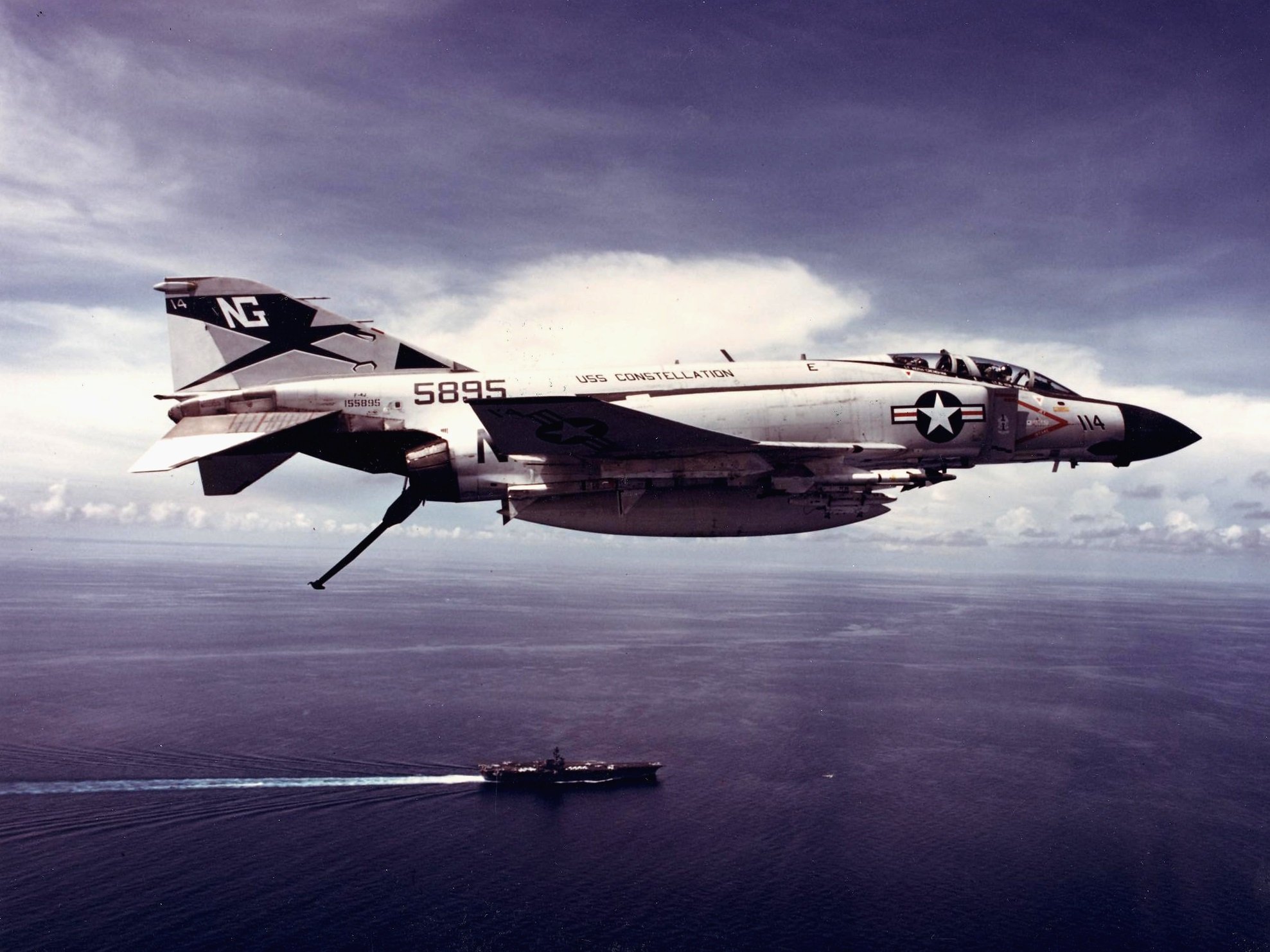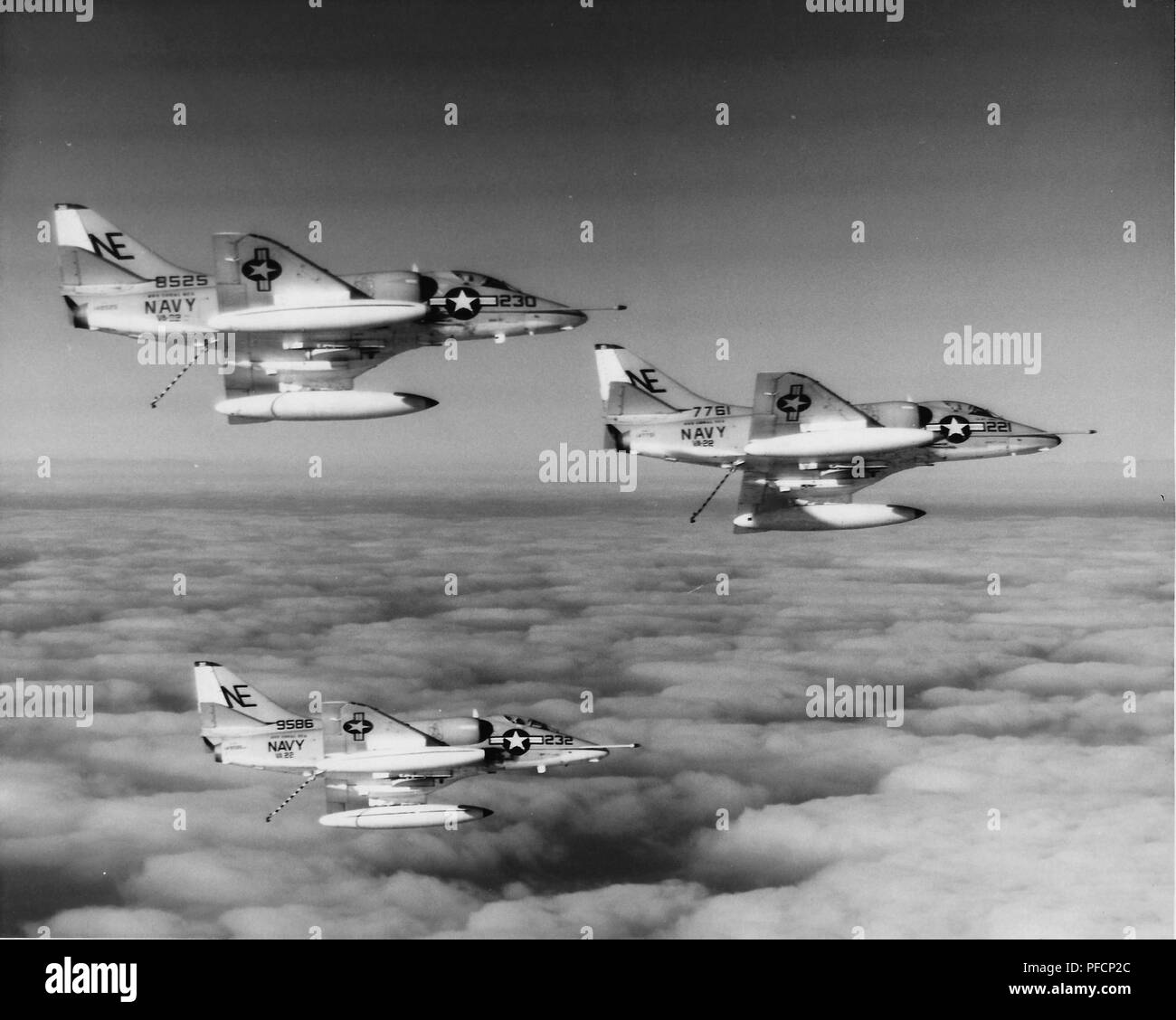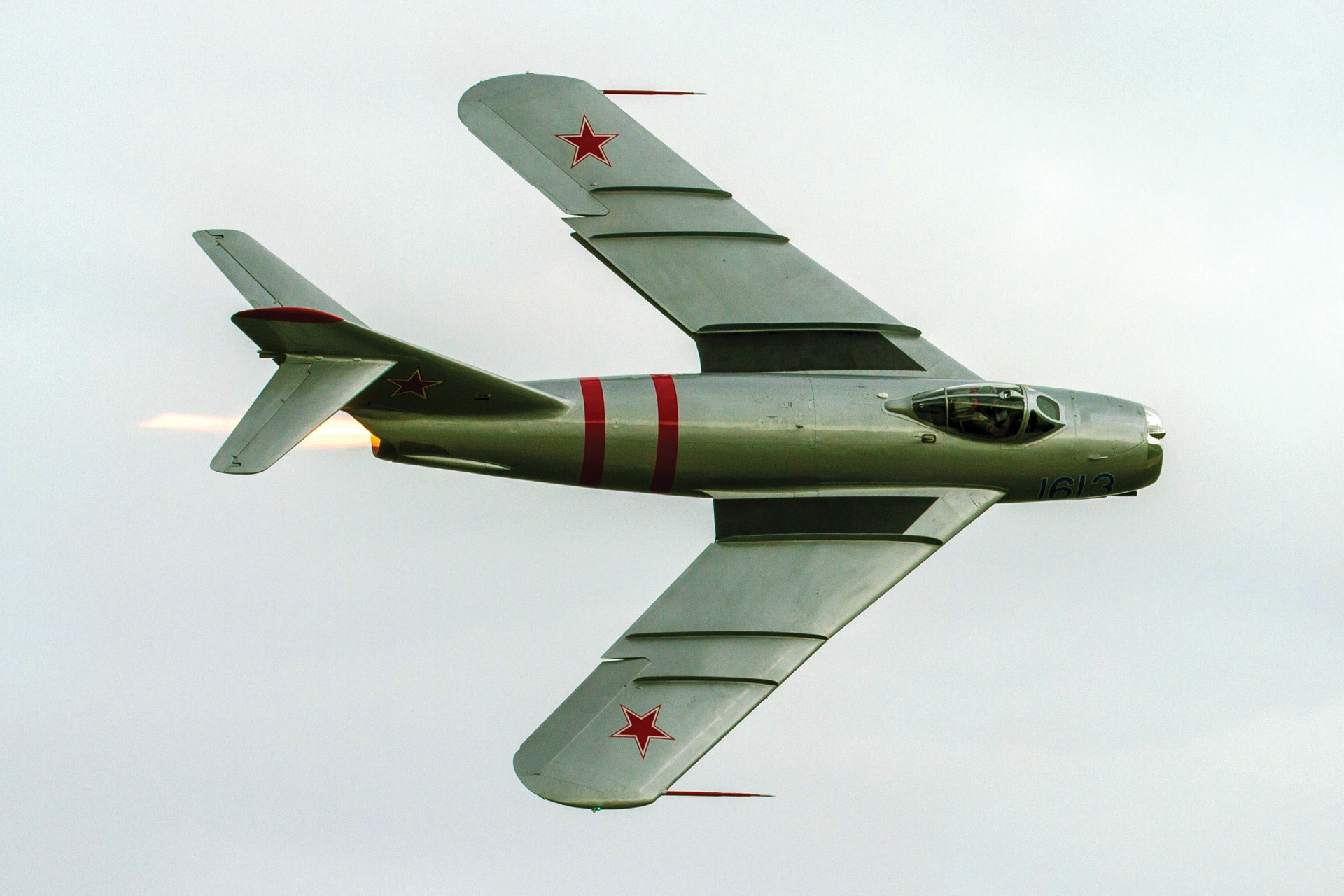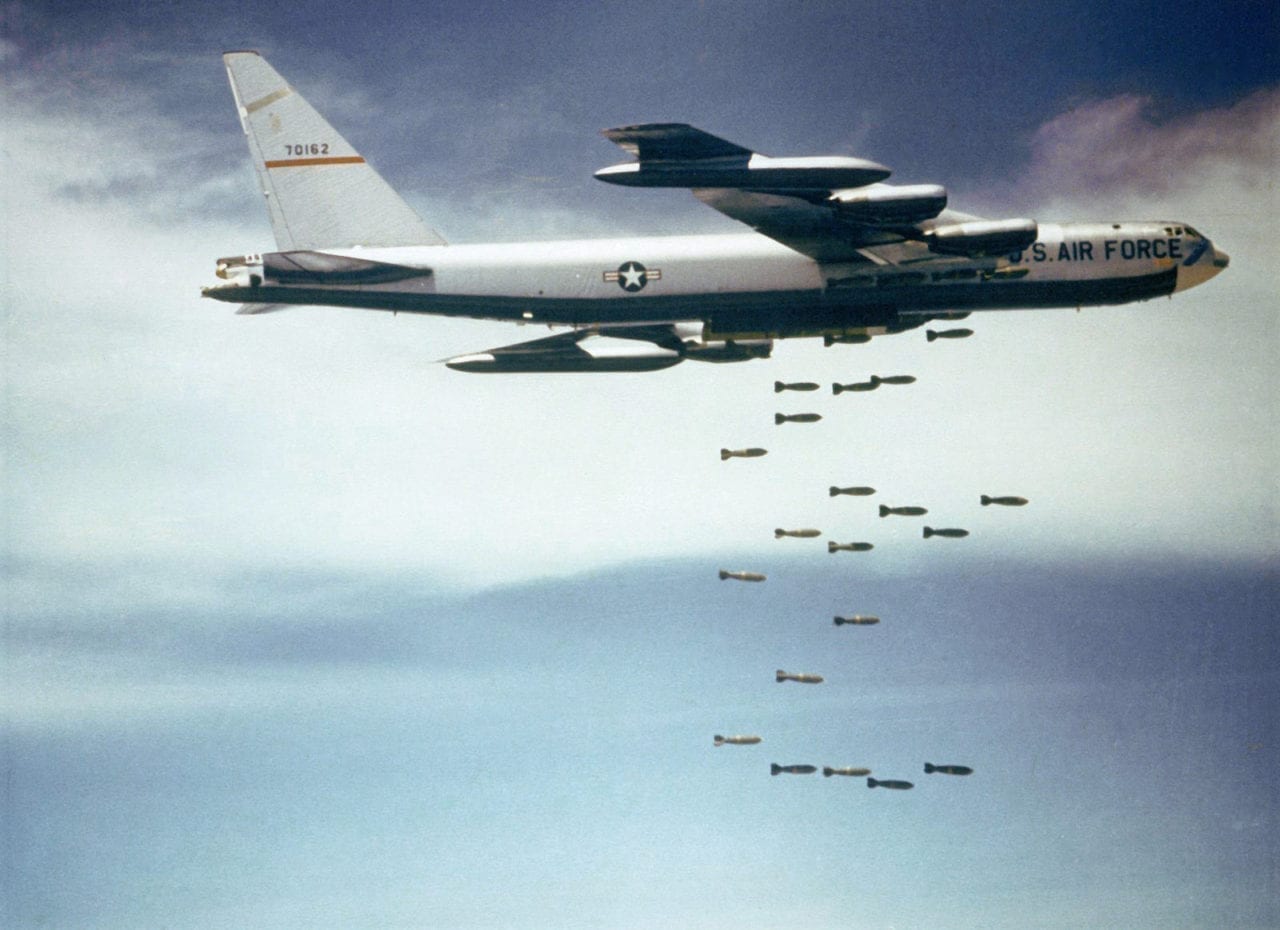Aircraft Used In Vietnam War - Vietnam saw some of the most famous fighter jets and dogfights in the history of modern warfare. These jets defined a conflict that defined a generation.
The air war in Vietnam was as dangerous as it was widespread, resulting in the worst destruction caused by aircraft in the 20th century. The fighting was fierce, casualties were high, and things like napalm and Agent Orange devastated the Vietnamese countryside.
Aircraft Used In Vietnam War

As for the latter, Agent Orange, which was dropped by US planes, caused generations of disabilities and is still affecting the Vietnamese environment.
How A Vmfa 333 F 4 Phantom Ii Scored The Only Usmc Mig Kill Of The Vietnam War
In the former case, casualties among the Navy and Air Force personnel were over 5,000. Air campaigns such as the infamous Operation Rolling Thunder cause heavy casualties, and often miss objectives.
The leaders and governments responsible for the tragedy in Vietnam do not diminish the courage of those who gave their lives for their country - even though they deserved better.
In this article, we will look at the fighter planes that were active in the Vietnam War on both sides. American-made fighter planes on the American and South Vietnamese sides and Russian fighters on the North Vietnamese or Viet Cong side of the conflict.
One of the flagship aircraft of the US Navy and Marine Corps at the beginning of the Vietnam War, the Skyhawk was used extensively during the Yom Kippur War by Israel and by Argentina in the Falkland Islands War.
The Story Of The North Vietnamese Mig 21 Fishbed Fighters Tasked To Attack Usaf Eb 66 Destroyer Electronic Attack Aircraft
The Skyhawk was a fast light fighter and had some of the first aerial combat missions of the war. The late Senator John McCain was shot down while flying a Skyhawk and became a prisoner, as was Everett Alvarez, one of the longest serving prisoners in America until 1973.
The Skyhawk measured 40 feet 1.5 inches, was powered by 1×Pratt & Whitney J52-P-6A turbojet engine, had a maximum speed of 673 mph, had a range of 1,160 miles, and could be armed with a ×20mm Colt Mach 12 gun. and several air-to-air and air-to-ground missiles, including AIM-9 Sidewinders and bombs.
C.M.D. John R. Leenhouts, US Navy LTV A-7E Corsair II of Attack Squadron 72 armed with Mk 82 "Snakeeie" and AIM 9L "Sidewinder".

When the US military began trying to replace the Skyhawk, one of the first fighters was the Corsair II. The Army needed a fighter that could provide more air support than the general-purpose subsonic jets preferred by the Air Force, which led to the use of the Corsair II.
Pilot Pays Memorial Day Debt To Vietnam War Fighter Jet
The prototypes first flew in 1968 and saw service during the final phase of the Vietnam War. Operated by the 354th Tactical Fighter Wing at Royal Thai Air Force Base Korat, they are known for their speed and ground attack capabilities.
The Corsair II had a cruising speed of 545 mph and a top speed of 663 mph, powered by 1xAllison TF41 turbofan engine, had a range of 3,044 mph, was 46ft 1in long and armed with 1xM61A1 20mm rapid fire cannon.
The battle between Phantom IIs and MiG-21s helped define the Vietnam Air War, with both sides victorious. The United States demanded a favorable kill ratio and so did the North Vietnamese, both sets of statistics showing how uncertain but deadly aerial warfare could be.
The USAF, Navy, and Marine Corps used the Phantom II during the Vietnam War. Although it has impressive firepower, modern radar and excellent speed, the MiG-21s are a good match for it. Until the end of the war, some remembered him fondly, while others remembered him as "a mangled corpse."
Vietnam War A C 7 Caribou Aircraft Short Runway Special U.s. Air Force Photo
The Phantom II is 63 feet long, has a cruising speed of 580 mph and 1,711 mph, and is armed with an M61A1 Vulcan 1×20 mm cannon and several air-to-air and air-to-surface missiles and bombs, including the Cidewinder and Sparrow.
Thunderchief, one of the best armored fighters at the beginning of the war, was able to carry the load of North Vietnamese fighters twice. They were a key part of Operation Rolling Thunder, attempting but failing to intercept vital supplies along the Ho Chi Minh Trail.
The Thunderchef was as much a hunter, if not more so, with MiG 17s and MiG 21s posting impressive one-on-one records, and the Vietnam National Air Force claimed to have successfully shot down 14 Thunderbirds in December 1966. without loss.

Thunderchef stood 64 feet 4.75 inches, had a 1×Pratt & Whitney J75-P-19V afterburner turbojet engine capable of a top speed of 1,390 mph, and was armed with a 1×20mm M61A1 Vulcan cannon with 6 Gatling barrels. , LAU-32/LAU-59 missiles and several air-to-air and air-to-ground missiles and bombs, including Sidewinders.
A Look At The Top Helicopters Of The Vietnam War
Nicknamed the "Last of the Gun Raiders" as it was the last USAF fighter aircraft armed primarily with guns, the Crusader was used by the US Navy and Marine Corps as well as the French Navy. They were among the first American planes in the war.
April 1965 saw some of the cruisers front and center in one of the first dogfights between the US Navy and the Vietnamese Air Force. Seventy-six of the approximately 166 sailors lost during the war were in accidents, with air-to-air missiles accounting for more casualties than combat losses.
The Crusader was 55 feet 11.6 inches long, could reach 1,227 mph, had a combat range of 453 miles, and in addition to its guns, could carry LAU-10 rocket pods, sidewinder missiles, and various sizes of Mark 81/82/. 83/84 bombs.
Originally used by the USAF and the South Vietnamese Air Force, the F-5 was one of the most versatile aircraft of the war. The USAF's Third Tactical Fighter Wing operated the F-5, operating from Bien Hoa Air Force Base.
Bomb Bay Of An Old Aircraft Used In The Vietnam War Stock Photo
In the year After flying these aircraft from April 1966 to April 1967, the remaining F-5s were transferred to the South Vietnamese. When South Vietnam fell, more than 100 F-5s were captured and the Soviet Union received some, and the F-5 is on display at the Polish Air Force Museum.
The F-5 was 48 feet 2.25 inches, capable of reaching 1080 mph and armed with a 2×20 mm M39A2 Revolver gun, 280 rounds per gun, and a variety of rocket pods, Sidewinder and Maverick missiles and Mark 80 series bombs.
MiGs are one of the most famous lines of Russian jet fighters ever, with more than 13,000 fighters produced. Created by the Soviet Union, they were widely used during the war on the North Vietnamese side.

The MiG-15s, which were used extensively in the Korean War, were only used for training purposes during the Vietnam War and there is no record of them being used in combat. However, that training was still necessary because the North Vietnamese Air Force was forced to start from scratch.
Vietnam Air War Archives
The MiG-15 was 33 feet 1 inch long, could reach a top speed of 669 mph, had a cruise speed of 530 mph, and was armed with 2×23mm Nudelman-Richter NR-23 autocannons, with 80 rounds per gun. , and an autocannon 1 × 37 mm Nudelmann N-37 with 40 rounds.
Called "Fresco" by NATO pilots, this part of the MiG line has added speed and firepower to the North Vietnamese Air Force since the start of the war thanks to Soviet installations. Participated in flights with USAF aircraft in the early to mid 60's.
Combat between MiG-17s and American aircraft included the latter's attempt to attack Thanh Hoa Bridge with Thundersheafs. MiG-17s played a key role in defending the bridgehead and controlling the North Vietnamese area, and battles between them and American aircraft took place throughout the war.
The MiG-17 was 36 feet 11 inches long, could reach a top speed of 680 mph, had a range of 1,260 miles, and was armed with 2×23mm Nudelmann-Richter NR-23 autocannons, 80 rounds per gun, 1× 37mm Nudelmann N-37 autocannon; 2×UB-16-57 Rocket Launchers and Bombs.
Vintage Planes Used In Vietnam Brought Out Of Retirement To Help Us Defeat Isis
The first mass-produced supersonic aircraft, the MiG-19, was another aircraft that the North Vietnamese government decided to purchase from the Soviet Union to bolster its air defenses. The MiG-19 was completed by the 925th Fighter Squadron of the North Vietnamese Third Fighter Division.
However, the MiG-19 had a very short range, making it difficult for American pilots to keep up with them. A number of moves were made on the F-4 Phantom II, with mixed success on the US side, eventually setting the stage for its replacement by the MiG 21s.
The MiG-19 measures 41 feet 2 inches, is powered by 2× Tumansky RD-9B afterburner turbojet engines and is armed with 3× 30 mm Nudelman-Richter NR-30 autocannons, 2× 32 rounds Oro-57K rocket pods and 2kFAB-250.

The MiG-21 was a welcome replacement for the MiG-19, which, as mentioned, did not fare well against the Phantom II. It also gave India/Bangladesh a decisive advantage in the air.
Weapons: The Soviet Mig 17 In Vietnam
Aircraft of vietnam war, military aircraft vietnam war, vietnam war us aircraft, tanks used in vietnam war, ships used in vietnam war, radios used in vietnam war, aircraft carriers in vietnam war, knives used in vietnam war, vietnam war aircraft, aircraft in vietnam war, airplanes used in vietnam war, aircraft used in korean war
0 Comments